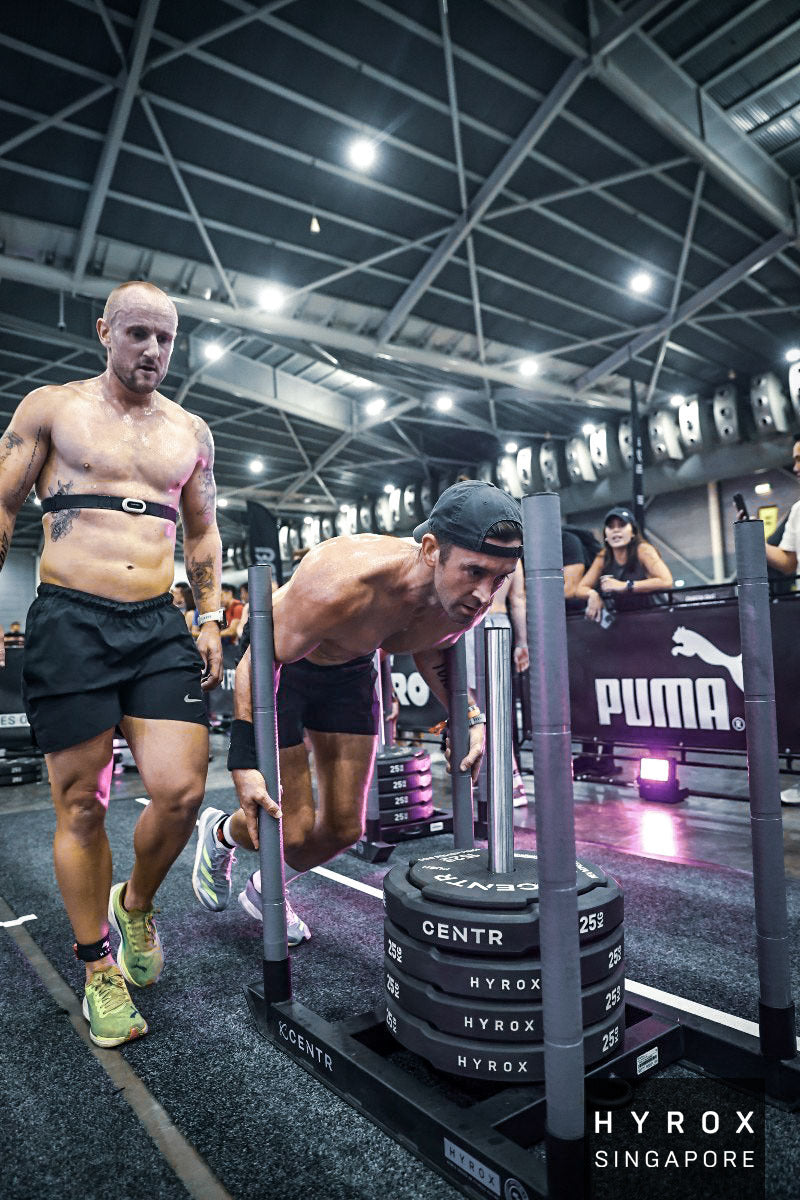How Long Should You Ice Bath?
A Quick Guide To Cold Water Therapy
There is a lot of science that goes into why your body reacts both mentally and physically to ice baths/cold water therapy. However this guide aims to strip back the mystery of how long you should cold plunge based on whether you're looking for physical recovery, mental recovery or a simple balance.
For Physical Recovery
First we will look at an overview of cold water therapy for physical recovery. Note these are times and durations you should work towards, so don't crank your chiller to 3°C or aim for 15min at 10°C on your first plunge..

Lets Take A Deeper Dive..
Cold water Therapy (CWT) is widely used to reduce muscle soreness, inflammation, and fatigue. Exposure to cold water causes vasoconstriction, which reduces blood flow to the muscles and can help to reduce swelling and muscle inflammation. When you exit the water, the body reacts by increasing blood flow, flushing out waste products from muscle activity and accelerating recovery.
Recommended Exposure Durations by Temperature for Physical Recovery:
10–15°C (50–59°F) for 8–15 minutes
• Best for: General muscle soreness, post-exercise recovery.
• Benefits: This range has been shown to effectively reduce delayed onset muscle soreness (DOMS), especially after intense exercise. A 2016 meta-analysis highlighted that immersions in water at this temperature range reduced subjective muscle soreness 24 to 96 hours post-exercise, making it ideal for athletes.
• Duration Tip: If you're starting out with CTW start here, try 12–15°C for 4-5 minutes them work up from there.
5–10°C (41–50°F) for 3–8 minutes
• Best for: Acute recovery after high-intensity exercise, high impact or heavy resistance training.
• Benefits: Lower temperatures reduce muscle inflammation faster. Research suggests that short exposures at this temperature improve muscle recovery through enhanced blood flow and reduced oxidative stress.
• Duration Tip: Start with 3 minutes and gradually increase to 8 minutes to gauge comfort and effectiveness, as prolonged exposure can lead to numbing.
3. 3–5°C (38–41°F) for 1–3 minutes
• Best for: Advanced users focused on extreme recovery post-athletic competition or v.high intensity training sessions (e.g., marathons, endurance events).
• Benefits: Extremely cold temperatures trigger stronger anti-inflammatory responses, though caution is necessary as risks of frostbite or cold injuries increase. Short bursts at this temperature have shown improvements in reducing muscle damage.
• Duration Tip: At these low temperatures optimal physical benefits are achieved quickly, so long durations are unnecessary & could lead to hyperthermia. But don't worry you'll will be safe for 1-3 minutes
For Mental Recovery
Now we will look at an overview of cold water therapy (CWT) for improving your mental state. Note these are times and durations you should work towards, particularly when using CWT for your mental state so don't crank your chiller to 3°C or aim for 15min at 10°C on your first plunge..

Lets Take A Deeper Dive..
Ice baths can also have a profound effect on mental well-being, improving mood, reducing symptoms of depression and anxiety, and enhancing cognitive function. Exposure to cold water stimulates the release of endorphins and noradrenaline, neurotransmitters that play a crucial role in regulating mood and focus. Regular cold exposure has been linked to increased resilience to stress and enhanced emotional regulation.
Recommended Exposure Durations by Temperature for Mental Health:
15–20°C (59–68°F) for 15–20 minutes
• Best for: Mood boosting, mild stress relief.
• Benefits: A study conducted by the University of Portsmouth found that cold water immersion at these temperatures promotes a sense of calm and improves overall mood by stimulating endorphin production . This temperature range is mild enough to enjoy longer exposure, which allows for a slow and steady release of positive neurotransmitters.
• Duration Tip: Longer exposure is generally safe, but build up tolerance gradually if new to cold water therapy.
10–15°C (50–59°F) for 5–10 minutes
• Best for: Combating depression, moderate anxiety relief.
• Benefits: Cold water at these temperatures is more stimulating, with sharper releases of noradrenaline and dopamine, which can help with alleviating depression symptoms. Research suggests that short-term cold exposure leads to a reduction in stress markers and an improved sense of well-being .
• Duration Tip: It is important to focus on regular daily exposure rather than extreme durations. Start with 5 minutes and progress based on comfort.
3. 5–10°C (41–50°F) for 2–5 minutes
• Best for: Severe mood regulation, high anxiety.
• Benefits: Very cold temperatures trigger a “fight or flight” response, resulting in an immediate surge of neurotransmitters like noradrenaline, which plays a key role in enhancing focus and reducing negative thoughts. A study on winter swimming in Finland found that cold exposure at these temperatures has strong positive effects on mood and resilience to stress .
• Duration Tip: As mental health benefits can be derived even from very short exposures, don’t aim to go beyond 5 minutes at this range, especially for beginners.

